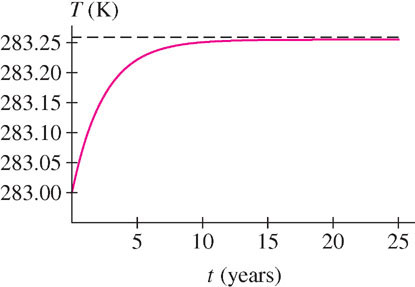1.1 Parking Lot
New section content
The next example illustrates the algebraic technique of “multiplying by the conjugate,” which can be used to treat some indeterminate forms involving square roots.
Example 3 Multiplying by the Conjugate
Evaluate  .
.
Solution We check that  has the indeterminate form 0/0 at x = 4:
has the indeterminate form 0/0 at x = 4:

Note, in Step 1, that the conjugate of is
is , so
, so .
.
Step 1. Multiply by the conjugate and cancel.

Step 2. Substitute (evaluate using continuity).
Because  is continuous at x = 4,
is continuous at x = 4,

Example 4
Evaluate  .
.
Solution We note that  yields 0/0 at h = 5:
yields 0/0 at h = 5:

The conjugate of  is
is  , and
, and

The denominator is equal to

Thus, for h ≠ 5,

We obtain

93
As preparation for the derivative in Chapter 3, we evaluate a limit involving a symbolic constant.
Example 7 Symbolic Constant
Calculate  , where a is a constant.
, where a is a constant.
Solution We have the indeterminate form 0/0 at h = 0 because

Expand the numerator and simplify (for h ≠ 0):

The function h + 2a is continuous (for any constant a), so



 .
.
Example 1
Solution By definition, is a positive solution to the equation x^2=2. We set f(x) = x^2-2 and observe that f(1) =-1<0 and f(2)=2>0. Therefore, by Corollary 2, there exists a real number c in (1,2) such that c^2=2. Hence
exists and is a real number.